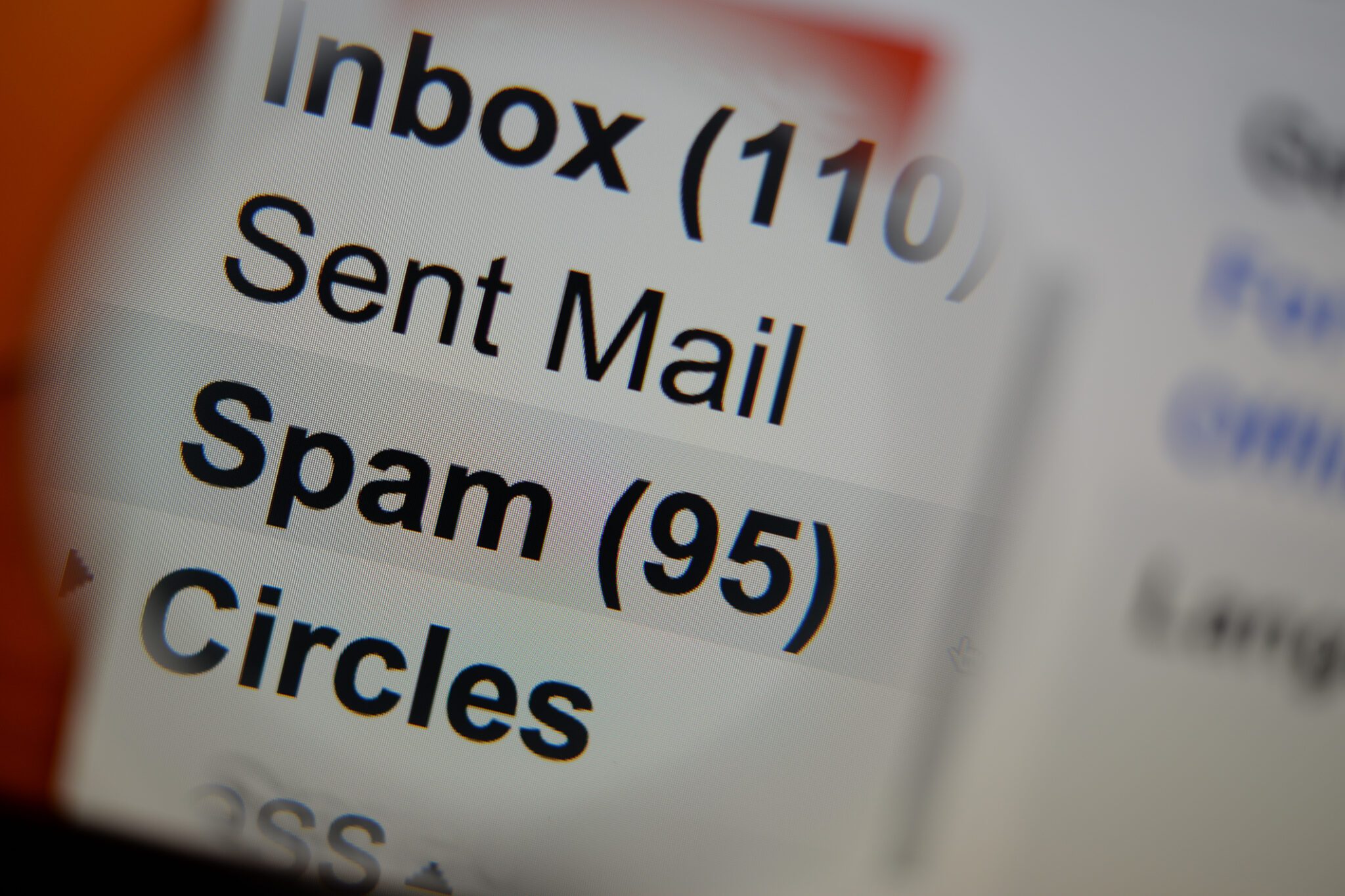
By Cheryl Hori
What’s the one time of year email fundraisers dread more than end-of-quarter deadlines? Summer.
At this point in the cycle, email open rates start to drop off. Congress is slow rolling legislation before the August recess, and supporters are spending more time on the beach than their phones. In the hazy days of summer, they simply aren’t as engaged as they will be post-Labor Day.
Or maybe they’ve simply lost interest in your candidate or cause. Yikes! Whatever the reason, you need to determine if those inactive or (affectionately called “deadbeat”) emails can be reactivated. Because too many unopened emails can snowball and, if the problem goes unchecked, you’ll find yourself in more spam boxes than inboxes .
Here are five ways to reactivate deadbeats on your email list.
Use your greatest hits to your advantage
Start by setting benchmarks based on your current list. Look at your current open rates and see if any recent emails have exceptionally high open, or click rates. For example, if your open rates hover around 22-25 percent, an exceptional email might have a 28 percent open rate. Resend exceptional emails to your deadbeats in hopes of sending them back into the light.
Remember: These folks joined your list at some point because they care about your campaign/cause. Sometimes they just need a spark to bring them back.
Diversify your email content
Like your financial assets, be sure to diversify your email sends. Diversifying the asks, the formats, and the senders will help keep your list active and engaged.
In fact, new or surrogate senders can be enormously helpful. Chances are some deadbeats on your list aren’t completely uninterested in your campaign/cause, they’ve just seen the same sender over, and over, and over again. If you have a new sender to spice up your list, use them. One client of mine had Dolores Huerta as a surrogate sender and she took the deadbeat open-rate from .3 to 4.5 percent.
Make it easy for your deadbeats to stay engaged and come back for more
One way to do this is to include easy engagement emails in your welcome series so you get people interacting with your emails right away.
Not every email you send has to be — or should be — an email asking for money, or a major lift for your reader (call your senator or sign an open letter).
Sending emails that require as little as one click — one-click polls/surveys — is a great way up the engagement levels on your list.
Segment smartly
If you’re a primarily California-based organization, don’t send state-specific, or region-specific content to your national list. If you’re sending a fundraising email, don’t ask your major donors for $5 or $10 (likewise, don’t ask your small-dollar donors for $500 or more).
Ask them if they still want to be a part of the party
One of the easiest ways to reactivate deadbeats is to simply ask them if they still want to be on your list.
Send a quick email to your deadbeats: “Hey NAME, we haven’t heard from you in a few months. Our work to do X, Y, Z has never been more important, but if you don’t want to receive anymore emails from us, we understand. Click here to unsubscribe >> Or click here to keep up the good fight >>”
By asking the reader point-blank if he or she still wants to receive emails, you’re culling your list, re-engaging/activating deadbeats, and building goodwill with those who want off your list (their loss).
There you have it: the quick and dirty on reactivating email deadbeats. Don’t think of them as lost causes. Instead, give them a reason to come back into the fold. By using the best practices above to target these deadbeats to return, you’ll raise more money, build more credibility, and improve your overall email program.
Cheryl Hori is the founder of Pacific Campaign House, a progressive digital campaign firm.